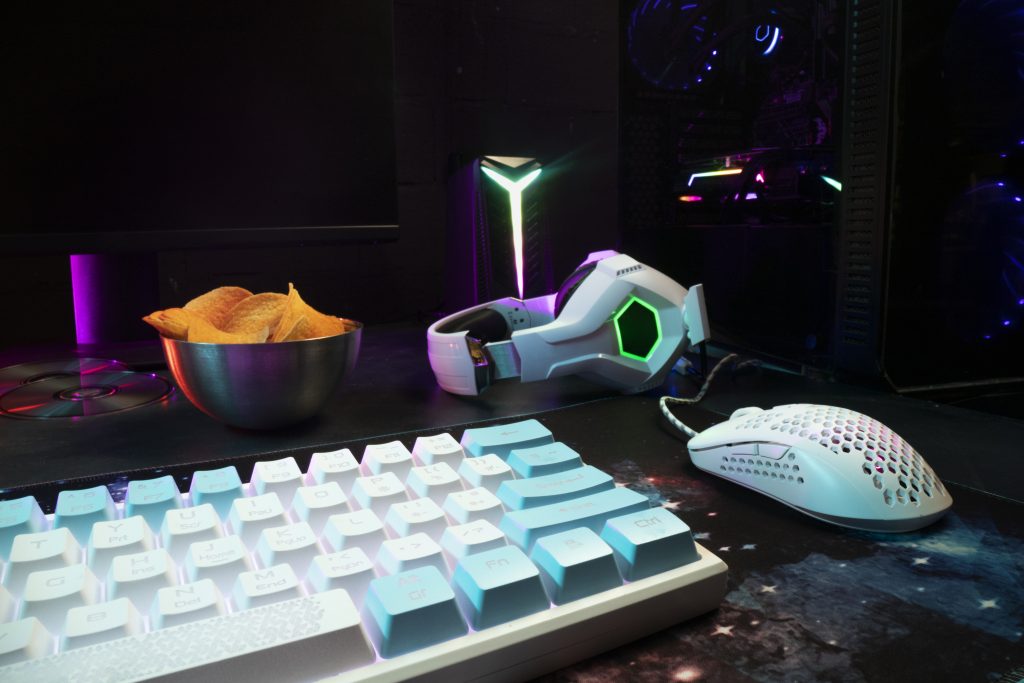Are you worried about your child’s vision? Wondering if optic myopia can be reversed? In this article, we’ll explore the possibility of reversing optic myopia in children and provide insights into managing this condition. Optic myopia, or nearsightedness, affects many kids and can blur distant objects while keeping close ones clear. As a parent, you want the best for your child, and their vision is vital for their development. We’ll discuss treatment options like glasses, contacts, and surgery to help improve their vision and potentially slow down myopia’s progression. Make informed decisions and support your child’s visual health.
Understanding Optic Myopia in Children
To understand optic myopia in children, it is important to delve into the causes and progression of this refractive error. Myopia, also known as nearsightedness, occurs when the eyeball grows too long from front to back or when the cornea becomes too steep. It can cause distant objects to appear blurry while close objects remain clear. The development of myopia in children can be influenced by both genetic and environmental factors. Spending excessive time indoors or engaging in up-close tasks like reading and using electronic devices may contribute to its development.
Myopia can have a significant impact on a child’s quality of life, particularly in terms of visual impairment and academic performance. Children with myopia may experience symptoms such as frequent headaches, eyestrain, and difficulty seeing the board in school. This can affect their ability to keep up with lessons and may lead to frustration and behavioral issues.
Early detection of myopia is crucial for effective management. Vision screening at a pediatrician’s office or school can help identify children at risk. Referral to an ophthalmologist or optometrist is necessary for a comprehensive diagnostic process. These professionals can prescribe glasses or contact lenses to correct the refractive error. It is important for children to have a balance between outdoor activities and screen time to help manage and prevent the progression of myopia.
Factors Contributing to Optic Myopia Development
Factors contributing to the development of optic myopia in children include both genetic and environmental influences. Understanding these risk factors can help in the prevention and management of myopia progression. Here are some key points to consider:
- Genetic predisposition: Children with a family history of myopia are at a higher risk of developing optic myopia. Genetic factors play a significant role in the development of myopia, highlighting the importance of early detection and intervention.
- Screen time: Excessive screen time, especially with devices held close to the eyes, has been linked to the development and progression of myopia in children. Limiting screen time and encouraging breaks can help reduce the risk.
- Outdoor activities: Spending time outdoors has been shown to have a protective effect against myopia development. Engaging in outdoor activities and exposing children to natural light can help prevent or slow down the progression of myopia.
- Myopia progression prevention: Implementing strategies to prevent myopia progression is crucial. This includes ensuring proper lighting and ergonomics when using screens, encouraging regular breaks and outdoor activities, and seeking professional guidance for appropriate interventions such as low-dose atropine eye drops or specialized contact lenses.
Impact of Optic Myopia on Children’s Vision and Daily Life
Optic myopia can significantly impact your child’s vision and daily life. Visual impairment is one of the major consequences of myopia, as it causes distant objects to appear blurry while close objects remain clear. This can make it challenging for your child to read from a whiteboard, keep up with lessons, and even read signs. Academic challenges may arise as a result, as your child relies on their vision for 80% of their learning. Myopia can also have an impact on your child’s sports performance, making it difficult for them to respond quickly to events and affecting their ability to participate fully. Behavioral changes may occur as well, with children with myopia often positioning themselves closer to screens, losing spatial awareness, and squinting. It’s important to note that optic myopia can also lead to long-term complications if left untreated, such as myopic macular degeneration, retinal detachment, and an increased risk of developing eye diseases like glaucoma and cataracts. Therefore, it is crucial to address and manage optic myopia in children to minimize its impact on their vision and daily life.
Diagnosis and Assessment of Optic Myopia in Children
When diagnosing and assessing myopia in children, eye care professionals play a crucial role in evaluating the extent and impact of their visual impairment. Here are three key aspects to consider:
Genetic predisposition:
- It is important to determine if there is a family history of myopia, as genetics can increase the likelihood of developing the condition in children.
- Understanding the genetic component can help guide treatment and management strategies.
Screen time effects:
- Excessive screen time and near work activities have been associated with the development and progression of myopia in children.
- Assessing the amount of time spent on digital devices and encouraging breaks and outdoor activities can help minimize the impact of screen time on myopia.
Visual acuity tests:
- Conducting comprehensive visual acuity tests, such as measuring refractive error and assessing visual acuity at different distances, is essential for diagnosing myopia in children.
- These tests help determine the severity of myopia and guide the appropriate prescription for glasses or contact lenses.
Furthermore, assessing the impact of myopia on academic performance is crucial. Children with myopia may struggle to see the board, read texts, or participate in sports, affecting their learning and overall performance. Lifestyle modifications, including outdoor activities and reducing screen time, can also be recommended to manage myopia in children. By considering these factors, eye care professionals can provide accurate diagnosis and assessment, leading to effective management strategies for children with optic myopia.
Treatment Options for Optic Myopia in Children
To address optic myopia in children, the treatment options available are focused on managing and controlling the progression of the condition. There are several novel therapies and non-invasive treatments that can be utilized, along with vision therapy, environmental factors, and lifestyle modifications. Here is a table summarizing the treatment options for optic myopia in children:
| Treatment Options | Description |
|---|---|
| Novel therapies | These are innovative and emerging treatments for myopia. |
| Non-invasive treatments | These treatments do not require surgery or invasive procedures. |
| Vision therapy | This involves exercises and activities to improve visual function and eye coordination. |
| Environmental factors | Modifying the child’s surroundings, such as increasing outdoor time and reducing screen time. |
| Lifestyle modifications | Encouraging healthy habits like proper nutrition and regular eye breaks from near work. |
These treatment options aim to slow down the progression of optic myopia in children. It is important to consult with an eye care professional to determine the most suitable treatment approach based on the child’s specific needs and condition. By implementing these strategies, it is possible to effectively manage optic myopia in children and potentially improve their visual outcomes.
Preventive Measures to Manage and Slow Optic Myopia Progression
To manage and slow the progression of optic myopia in children, it is important to implement preventive measures. Here are some strategies that can help:
- Outdoor activities: Encouraging children to spend more time outdoors has been shown to be beneficial in managing myopia. Outdoor activities expose the eyes to natural light, which helps in the development of the eye and may slow down myopia progression.
- Screen time management: Limiting the amount of time children spend on screens, such as computers, tablets, and smartphones, can help prevent myopia progression. Prolonged near work and excessive screen time have been associated with an increased risk of myopia development.
- Atropine eye drops: Low-dose atropine eye drops have been found to be effective in slowing down the progression of myopia in children. These drops work by relaxing the focusing mechanism of the eyes, which helps to reduce the elongation of the eyeball.
- Orthokeratology effectiveness: Orthokeratology, also known as Ortho-K, involves wearing specially designed contact lenses overnight to temporarily reshape the cornea. This technique has been found to be effective in slowing down myopia progression in children. The lenses gently flatten the cornea, which results in clearer vision during the day without the need for glasses or contact lenses.
Importance of Early Intervention for Optic Myopia in Children
Early intervention is crucial in managing optic myopia in children. Visual health is a critical aspect of overall well-being, and early intervention plays a significant role in ensuring healthy vision for children. Myopia prevention and childhood eye care are essential to address optic myopia at an early stage and prevent its progression. Optic myopia management strategies, such as glasses, contact lenses, and specialized treatments, can help correct and control myopia in children.
By intervening early, parents and healthcare professionals can detect and address myopia in children promptly. Early intervention allows for timely treatment and the implementation of preventive measures to slow down the progression of optic myopia. This is particularly important considering the impact myopia can have on a child’s quality of life, including their academic performance and participation in sports activities.
Childhood is a critical period for visual development, and regular eye exams should be a part of routine healthcare for children. Early intervention not only helps in managing optic myopia but also enables healthcare professionals to identify and address any other vision-related issues that may arise. By prioritizing early intervention and childhood eye care, we can ensure optimal visual health for children and promote their overall well-being.




